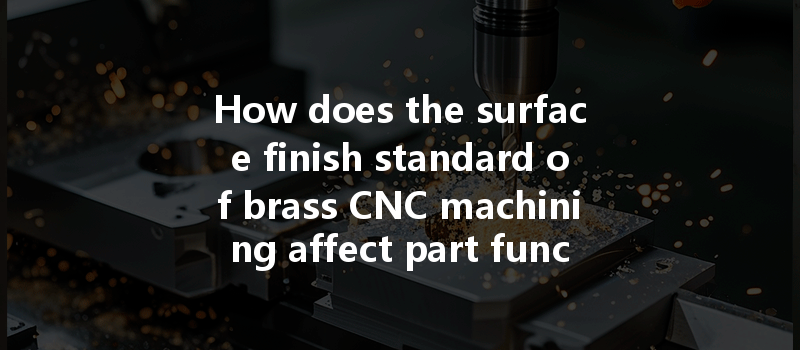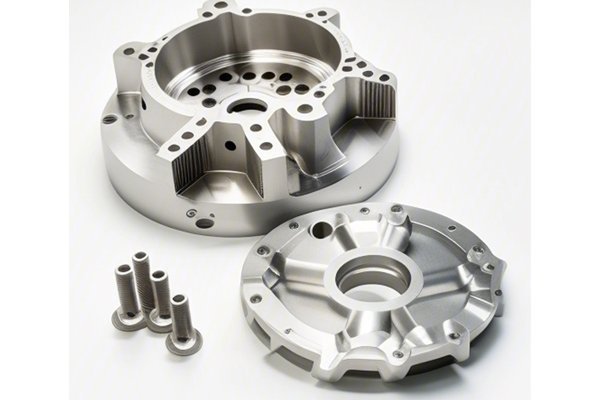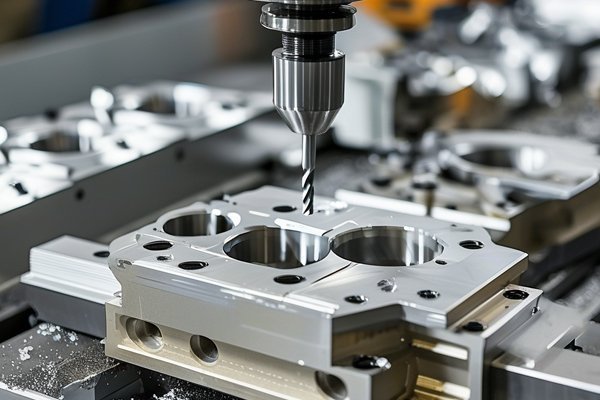: The Importance of Surface Finish
Did you know that over 60% of manufacturing defects can be traced back to inadequate surface finishes? This statistic underscores the critical role that surface finish plays in the CNC machining industry, particularly in brass machining. In a world that increasingly relies on precision-engineered components, understanding how surface finish standards affect the functionality and performance of machined parts has never been more important.
Manufacturers often face significant challenges when it comes to machining brass, an alloy renowned for its excellent mechanical properties and versatility. However, to unlock its full potential, one must meticulously consider the surface finish standards that can affect everything from aesthetic quality to the functional lifespan of the parts. In this comprehensive guide, we’ll delve into what these standards are, why they matter, and how to achieve the best outcomes in CNC machined brass components.
Understanding Brass and Its Properties
Brass is a copper-zinc alloy that has gained popularity in a variety of applications, from electronics to plumbing fixtures. The key properties that make brass a preferred material include:
However, achieving the perfect surface finish is vital for maximizing these benefits. The finish can impact the alloy’s resistance to corrosion, its appearance, and its overall mechanical performance.
The Importance of Surface Finish Standard in CNC Machining
CNC machining involves the automated control of machining tools through the use of computer software. In brass CNC machining, the surface finish standard refers to the texture, smoothness, and quality of the intended machined surface. This standard is critical for several reasons:
Common Surface Finish Standards: An Overview
Surface finish standards are typically specified using specific metrics. Various systems can denote surface textures, including Ra (average roughness), Rz (average maximum height of the profile), and other parameters. Knowledge of these standards can guide manufacturers in selecting the appropriate machining processes and post-processing techniques.
Achieving the Ideal Surface Finish in Brass CNC Machining
Achieving the desired surface finish in brass CNC machining requires careful planning and execution. Below are key techniques and approaches that facilitate successfully producing high-quality brass components.
Selecting the right tooling is foundational to achieving the desired surface finish. Factors to consider include:
Setting the right parameters during the machining process directly influences the surface finish:

The use of coolants and lubricants plays a crucial role in preventing overheating, which can adversely affect the surface finish:
Even after machining, additional steps may be required to achieve the desired surface finish:
Challenges and Solutions in Achieving Optimal Surface Finish
Despite meticulous planning and execution, manufacturers often encounter challenges when aiming for superior surface finishes. Here’s a look at some typical challenges and potential solutions.
Tool wear can significantly affect the surface finish over time. Regular monitoring and tool replacement can help ensure that tools remain effective. Utilizing advanced tool materials and coatings can also extend tool life.
Variations in brass alloy composition can lead to inconsistencies in machining. Rigorous material inspections and sourcing from reputable suppliers can help mitigate this issue.
Environmental factors such as humidity and temperature can influence machining processes. Manufacturers should aim to control environmental variables within machining facilities to maintain consistent results.
Sustainability in Brass CNC Machining
In today’s eco-conscious world, the sustainability of manufacturing processes is an increasing priority. Interior aspects to consider include:
: The Impact of Surface Finish on Brass CNC Machining
In the competitive landscape of CNC machining, understanding the influence of surface finish standards cannot be understated. Achieving optimal finishes in brass components not only enhances their aesthetic value but also significantly impacts their functionality, longevity, and overall performance.
By selecting appropriate tooling, precise cutting parameters, effective cooling, and planning post-processing techniques, manufacturers can overcome the challenges that exist in achieving high-quality surfaces in brass CNC machining.
In an era where quality and durability are paramount, this blog serves as a resource for those looking to deepen their understanding of surface finishes. The insights shared here remind us of the importance of meticulous craftsmanship in the CNC industry. So, the next time you assess your production processes, consider how the nuances of surface finish standards can affect not just the look of your products, but their real-world performance and customer satisfaction. Investing in knowledge and continual improvement will determine your success in the ever-evolving world of CNC machining.
Understanding these principles is not just beneficial; it’s fundamental to the success of any project involving brass components. Whether you’re a manufacturer, engineer, or quality control specialist, keeping these surface finish standards at the forefront of your considerations is essential for achieving excellence in brass CNC machining.






